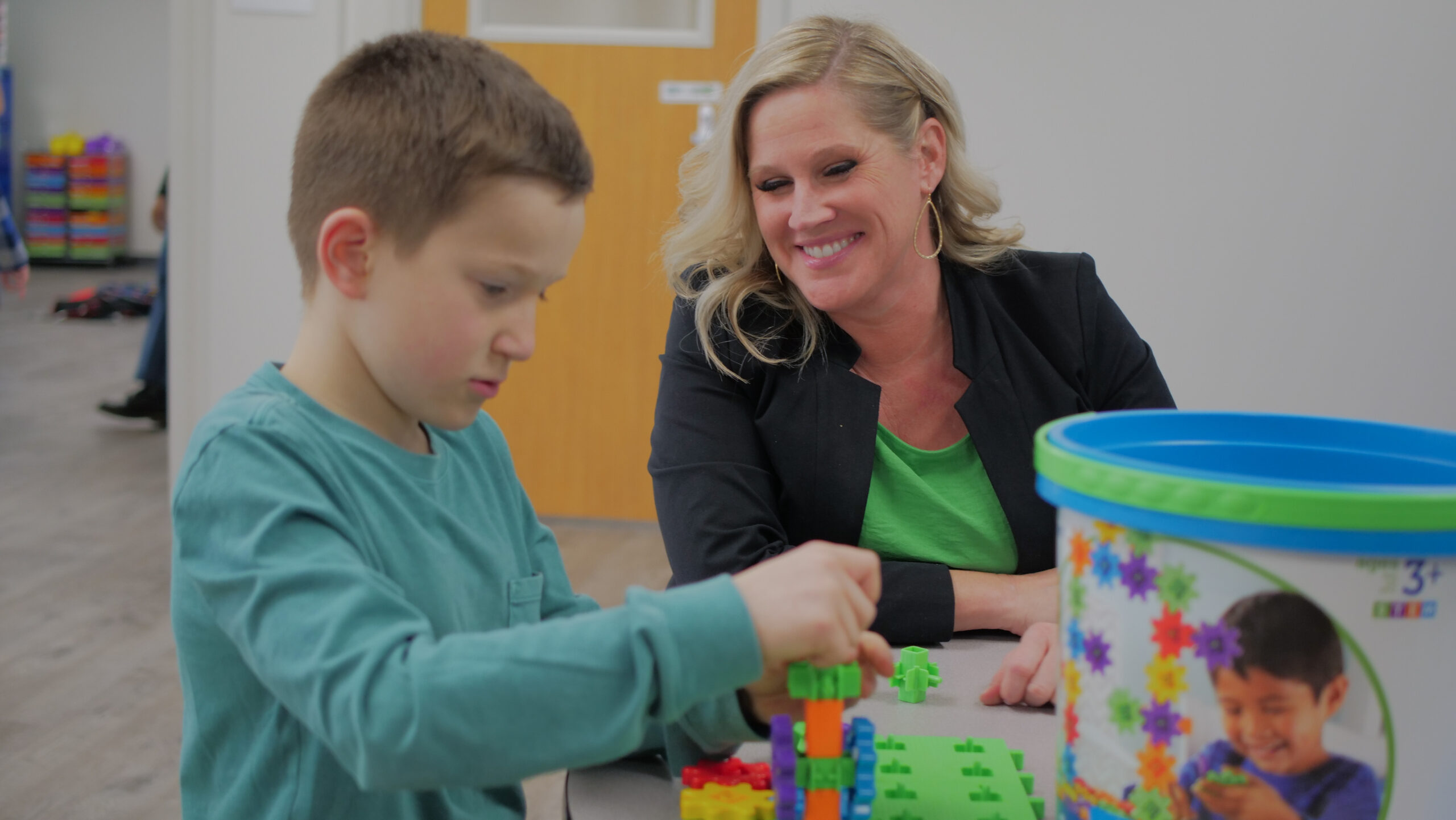What Causes Autism? Understanding the Latest Research
FEATURED POSTS
August 26, 2025
Hanna Rue, Ph.D., BCBA-D, chief clinical officer
What does science say about what causes autism? The latest research indicates that a combination of genetic and environmental factors likely causes it.
There’s no simple answer, and scientists are still trying to develop better ones. “What caused my child’s autism? Was I to blame?” As David G. Amaral, Ph.D., a psychiatry and behavioral sciences professor at the University of California Davis wrote in 2017 in the journal Cerebrum, “Autism research has made tremendous progress over the last 20 years, but yet we still can’t provide definitive answers to most of these questions.”
What We Know for Sure
What we know for sure is that autism is a complex condition. It’s not caused by one single factor. The exact cause is still not fully understood, making it a subject of ongoing research.
Much of that research involves two main categories:
- Genetic factors: Scientists have found that certain gene changes, unusual gene combinations, and other genetic conditions can make a person more likely to have autism.
- Environmental factors: Since genetic factors don’t always lead to autism, that suggests that environmental factors could play a role. That could include factors, such as prenatal exposure to certain drugs or chemicals, complications during birth, or advanced parental age at the time of conception.
What Myths about Autism Science Has Debunked
Science has debunked several myths about autism, most notably the claim that vaccines cause autism. Large-scale studies have proven this theory to be false. Other debunked myths include the idea that autism is caused by parenting style or that it’s a mental health disorder. Autism is actually a neurological disorder resulting from differences in brain development.
It’s also worth noting that the prevalence of autism is rising, but this doesn’t necessarily mean more people are becoming autistic. An article in Scientific American explains that the bulk of the increase in autism rates stems from growing awareness of autism and better diagnostic methods.
Where Research Is Headed
The latest research in autism focuses on understanding the genetic and neurological aspects of the condition. Studies are further examining the perceptions of counselors in treating children with autism, which could help improve therapeutic approaches.
Other research is debunking more myths about vaccination risks related to autism. Still other researchers are looking into the intersection of autism in adulthood and the LGBTQ+ community. And some new research is looking into how certain proteins associated with autism interact with other molecules, shaping synaptic plasticity.
Our Understanding of Autism Is Evolving
Yet the most basic question — “What caused my child’s autism?” — may have no simple answer. Little by little, our understanding of what causes autism is evolving.
It’s becoming clearer that the causes of autism are multifaceted. While we might not have all the answers now, we are continuing to unravel the complexities of autism.















